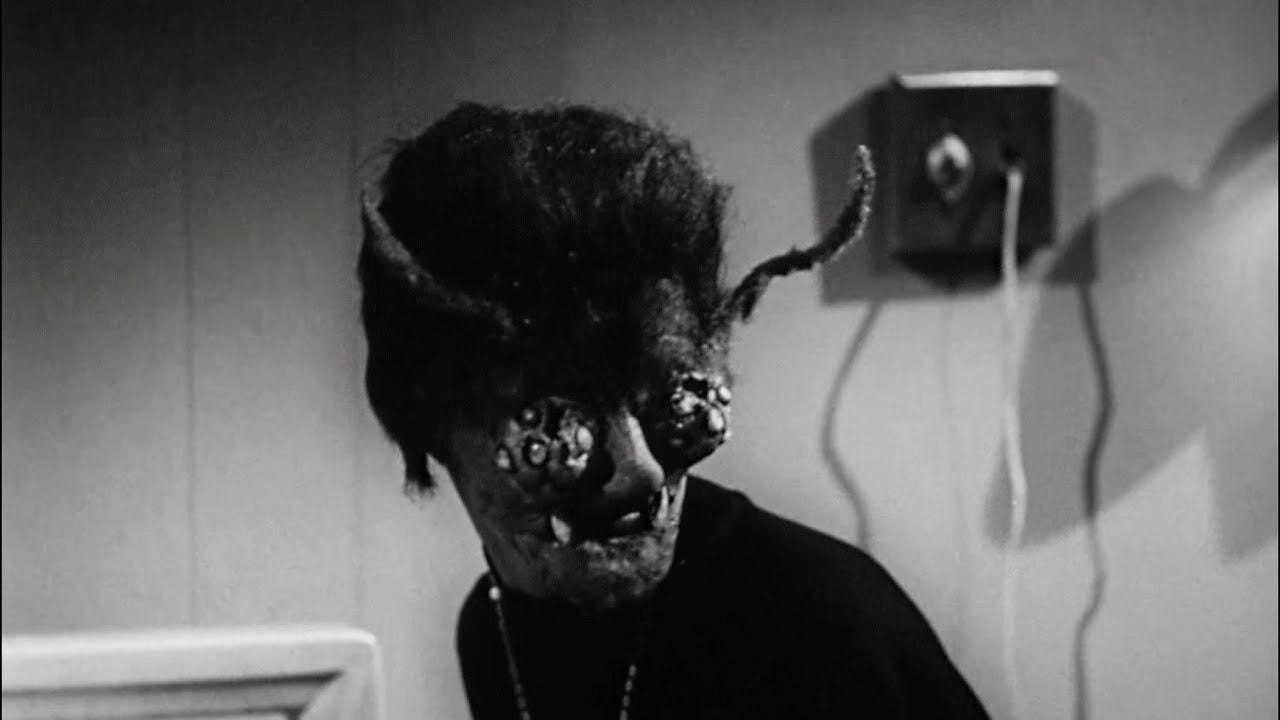The Elevated Shlock of Roger Corman
Same as it ever was
Roger specialized in elevating exploitation. And starting with what other people in that world—the Arkoffs and others—would have been happy to leave as pure exploitation, Roger upgrades it, and is always willing to reach for something that’s smarter, and a script that’s a little better, and a writer that’s a little more interesting, and a director that’s a little riskier, and an actor that has a greater chance of breaking out. As long as it doesn’t cost more.1
We began to notice that there was a different style with his films. They were different from other B or C movies at the time. They may not have all been great films, but we knew that there was something happening behind the camera. We knew there was something special—a kind of vision behind them. They got our attention.2
Corman’s movies stood out from the other low-budget Hollywood films of the era because they always gave the viewer something extra: a clever idea, a distinctive performance, a modicum of style. This is borne out by generally favorable reviews in industry publications.3
Roger’s an entertainer. But he tries to squeeze social messages into what one might consider the most unlikely material. But hey, that’s the material that was speaking to kids at the time. Those drive-in movies were aiming at young people. That’s why he called his company New World, I think. He was hoping to make pictures that would lead to a new and better world. In a field where there can be a hustler mentality and a sleaze mentality, Roger was always direct and honest about what he was doing.4
These movies, by the way, had titles like Attack of the Crab Monsters and The Beast With a Million Eyes. They were shot quickly on shoestring budgets for drive-ins (and, later, VHS shelves). They were often not very good. Yet the praise above shows how ahistorical today’s talk of “elevated” anything really is.
Here, for example, is Corman discussing his movie The Wasp Woman. Sound familiar?
For Wasp Woman, I hired Susan Cabot to play a cosmetics executive who dreads losing her stunning beauty. Even her firm's revenue is sagging, so she hires a demented dermatologist to discover the perfect rejuvenation cream. There was a time when bee jelly was reputed to retard aging, so I thought, why not a wasp serum? That sounded more exciting. Leo Gordon built the story around that. No one but the executive is willing to test the magic formula. She overdoes it and has to face the fact that she’s turning into a killer wasp. We used a gruesome-looking prosthetic mask that was, by today’s standards, rather primitive. Small wonder: I shot the film for about $50,000 in less than two weeks.5
Former Universal Pictures president Thom Mount. From Roger Corman: Blood-Sucking Vampires, Flesh-Eating Cockroaches, and Driller Killers; by Beverly Gray.
Martin Scorsese. From Roger Corman: Blood-Sucking Vampires, Flesh-Eating Cockroaches, and Driller Killers; by Beverly Gray.
Roger Corman: Blood-Sucking Vampires, Flesh-Eating Cockroaches, and Driller Killers; by Beverly Gray.
Curtis Hanson. From Crab Monsters, Teenage Cavemen, and Candy Stripe Nurses: Roger Corman; by Chris Nashawaty.
How I Made a Hundred Movies in Hollywood and Never Lost a Dime; by Roger Corman



One of the greats. I think everyone, regardless of what sort of stories they work in, should watch X: The Man with the X-ray Eyes.